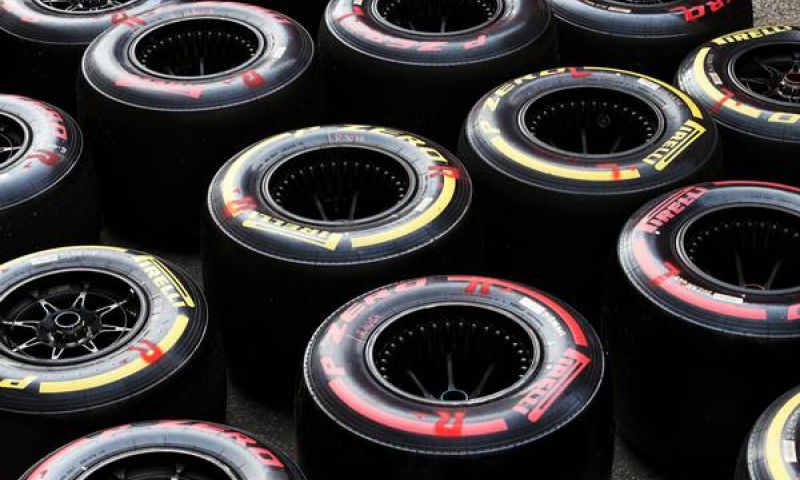F1 News

Pirelli explain special compound to tackle banked Zandvoort corners
- Nicolás Quarles van Ufford
Sitting down exclusively with GPBlog, Pirelli motorsport director Mario Isola has explained the intricacies of the special compound designed to take on Zandvoort’s banked corners at the Dutch Grand Prix in May, with the teams having driven the prototype during the second week of testing in Barcelona.
In its return to the Formula 1 calendar after an absence of 35 years, Zandvoort needed severe changes to the circuit to host the sport once again, with resurfacing being completed two weeks ago.
The new signature feature of the beach-side track will be its two banked corners at turn 3 and turn 14. The latter, the final corner of the track, is particularly eye-catching: a long-winding right-hander at an angle of 19 degrees, more than twice as steep as at Indianapolis.
Some brand-new images of the Zandvoort circuit! Who’s looking forward to the 2020 Dutch Grand Prix?! #F1 #DutchGP #Zandvoort pic.twitter.com/PJbXf0sG1J
— GPblog.com (@GPblog_com) February 27, 2020
The special Zandvoort-spec
While suspension changes will be needed for all teams when they travel to the Netherlands, the main problem of a banked corner is the stress you put on the tyres. Isola, in charge of Pirelli’s F1 program, exclusively told GPBlog what is different about the Zandvoort-spec tyre.
“What we can do is we can use this current tyre with a higher front [tyre] pressure because the additional pressure is especially on the front,” the Italian explained.
He continued by identifying turn 14, the Arie Luyendyk corner, as the main challenge.
“The one that is more important is the last corner. The last corner is where you have most of the load, especially on the front tyre.
The new Zandvoort track is ready for racing pic.twitter.com/KKa8vOHQ0o
— 137K (@Bertieschip) February 29, 2020
“So, either we increase the pressure on the front, or we use a different front tyre that is designed to cope with more stress.”
Testing drivability, not integrity
On Thursday of the second test at the Circuit de Catalunya last week, Pirelli gave all teams a prototype of the Zandvoort-spec compound to play around with. While the Spanish track has no banked corners, as some have pointed out, Isola countered by explaining this is not what they were being tested for.
“We brought them [the Zandvoort prototype] here because we want to understand the drivability of the prototype.
“We were not checking the integrity of the tyre, we were checking the drivability of the tyre.”
As the corners are something which is completely foreign to modern F1, Pirelli have done most of their testing via simulation – especially since Zandvoort isn’t actually ready for use yet either.
“We don’t have all the data available, because for example the tarmac was just laid last week, so we still miss important information. But we want to be ready for any possible situation.
“Talking to the teams, we asked them to provide simulations on estimations on additional load [on the front tyres] on the banking.”
Tyre strategy
Pirelli announced its tyre range on Thursday for the Dutch Grand Prix on May the 3rd. The hardest three compounds, the C1, C2 and C3 will be made available.
When asked for his reasoning why, Isola was quick to point at the track’s very bendy nature, apart from the rubber-devouring banked corners.
“The layout is quite severe. You have a lot of corners and so on, so that’s why. Obviously, it’s a guess, it’s an estimation.
“Maybe we are a bit too conservative, it means that next year we go with [the] C2, C3 and C4.”